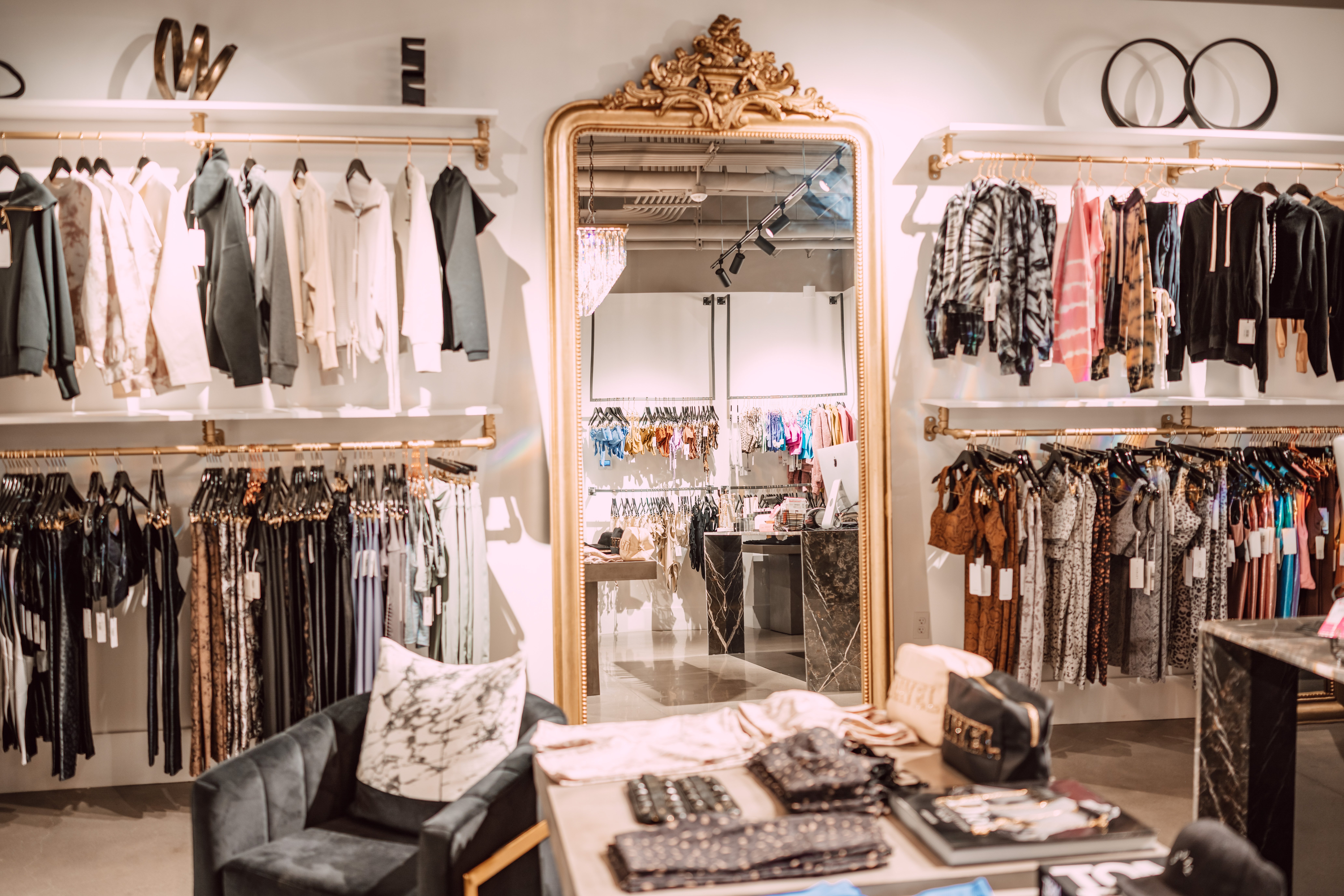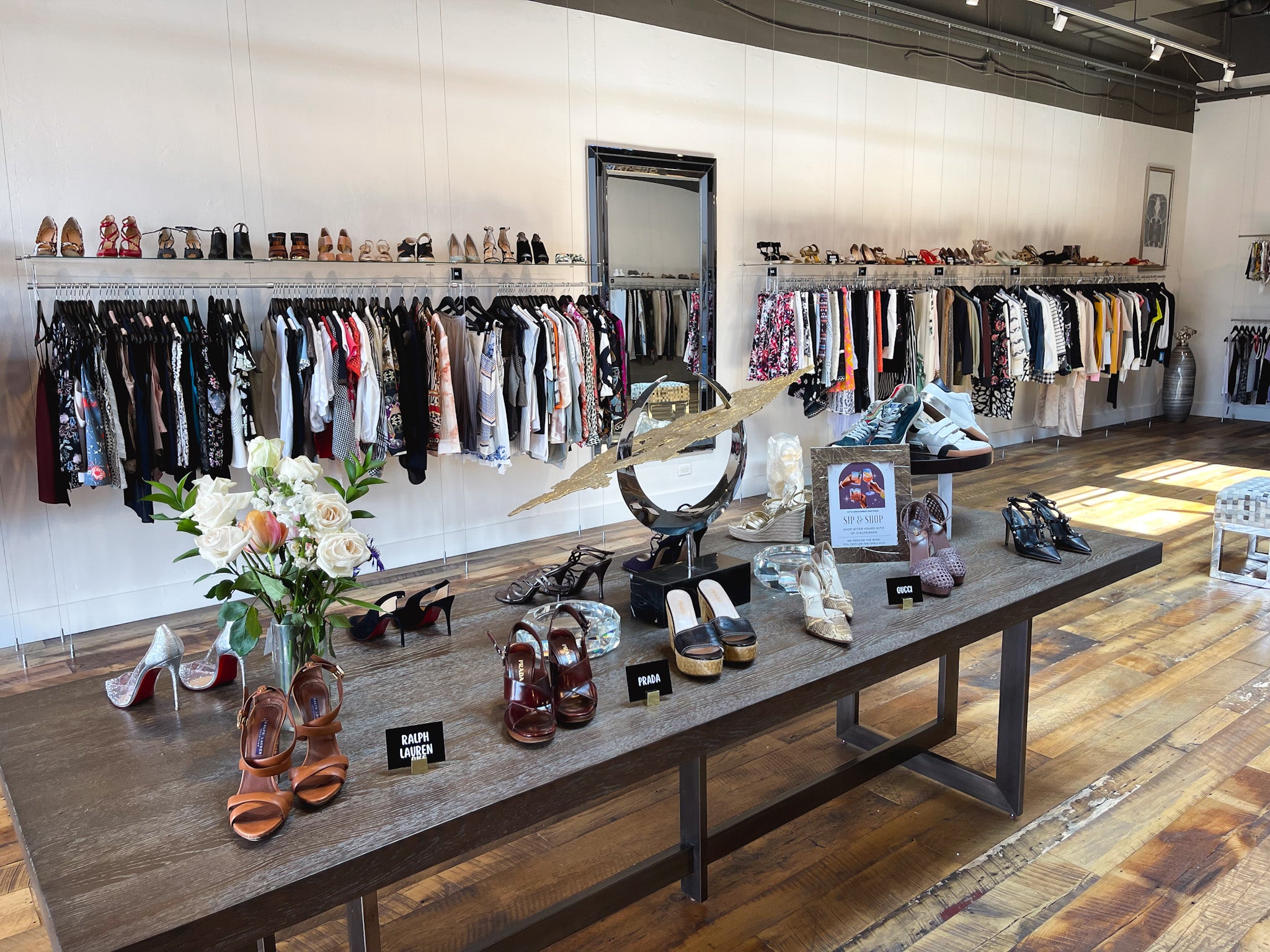The Rise of Online Purchasing: Finding Boutique Fashion at Your Fingertips
The Rise of Online Purchasing: Finding Boutique Fashion at Your Fingertips
Blog Article
Checking Out the Development and Influence of Clothes on Modern Fashion Trends
The development of clothing has considerably influenced contemporary fashion fads, combining historic precedents with sophisticated innovations. Renowned figures like Coco Chanel and Yves Saint Laurent reinvented the apparel industry by introducing concepts that focus on convenience and access, which remain to reverberate today. At the same time, technical strides in areas such as 3D printing and clever textiles are redefining layout possibilities and customer experiences. Additionally, the expanding focus on inclusivity and sustainability is improving sector criteria. As we consider these diverse influences, one should wonder about how these aspects jointly redefine fashion's role in showing and shaping modern culture.
Historical Style Influencers
In the tapestry of fashion background, specific figures have actually left an indelible mark, forming the patterns and styles that define entire periods. Coco Chanel, an innovative developer, redefined ladies's style by introducing comfortable, sophisticated clothing that left from limiting bodices.
Elsa Schiaparelli is another essential number, renowned for her avant-garde styles that included surrealist art, teaming up with Salvador Dalí to create whimsical items that tested conventional aesthetic appeals. Her ingenious use color and bold patterns reverberates in modern fashion. Yves Saint Laurent, at the same time, equalized high fashion with prêt-à-porter collections, bringing path designs to the masses and setting a precedent for contemporary ready-to-wear lines.
These dreamers, amongst others, not only changed fashion in their times however additionally set withstanding fads that reverberate in today's fashion business, offering a structure whereupon modern developers proceed to construct and introduce. Their legacies underscore the relevance of creativity and bold in fashion's ever-evolving narrative.
Technological Improvements in vogue
Among the vibrant landscape of the garment industry, technical advancements stand at the forefront of advancement, improving exactly how developers produce and customers engage with style. The assimilation of 3D printing has actually revolutionized design processes, allowing designers to trying out complex frameworks and sustainable materials that were previously impossible. This technology facilitates quick prototyping, minimizing waste and quickening manufacturing times.

Smart textiles, installing modern technology into textiles, are also transforming the sector. Technologies like self-cleaning and temperature-regulating textiles provide boosted functionality and comfort. Wearable modern technology, incorporating features like physical fitness monitoring and communication, adds a brand-new dimension to fashion, combining visual appeals with functionality.
Social Changes and Design
As technological developments proceed to improve the garment industry, social changes are equally prominent, redefining style and consumer preferences. Over the last few years, the increase of social networks platforms has sped up the dissemination of worldwide style patterns, enabling varied cultural influences to coexist and converge. This digital interconnectivity has helped with the rapid exchange of ideas, leading to an extra diverse and comprehensive interpretation of design that mirrors the complex nature of modern-day culture.
Cultural awareness and appreciation have motivated developers to draw inspiration from a broader spectrum of historic and ethnic contexts, incorporating conventional motifs with modern appearances. This blend has resulted in style that reverberates with a bigger target market, promoting a feeling of identity and belonging across various demographics. Furthermore, the increasing need for personalization has actually driven brand names to provide customizable alternatives, allowing customers to reveal individuality while mirroring their cultural heritage.
Moreover, moving social worths have actually affected fashion, with inclusivity and diversity coming to be central motifs. The market has actually started to welcome versions and influencers of various physique, ethnic backgrounds, and sex identities, tough standard appeal standards. This improvement underscores the power of social changes fit the future of style, as style ends up being an extra authentic expression of cumulative and individual identity.
Sustainability and Modern Style
While the style sector proceeds to evolve, the crucial for sustainability has actually come to find here be significantly immediate, affecting modern-day style methods. The increase of sluggish fashion, which highlights high quality over quantity, encourages consumers to invest in classic items instead than short-term patterns.
Furthermore, modern-day style is characterized by its innovation in reducing waste and promoting circularity. This strategy not only mitigates ecological impact yet likewise enhances the social obligation of fashion residences.

Future Trends in vogue

Sustainability will proceed to be a driving force in forming future fashion patterns. The sector is progressively adopting green materials and moral production methods, reacting to an expanding consumer need for accountable practices. Advancements such as bio-fabricated materials and closed-loop recycling systems are established to redefine exactly how clothes is produced and eaten, minimizing ecological impact while keeping style and high from this source quality.
Cultural shifts, including the rise of inclusivity and diversity, will certainly also play an essential role. As society comes to be much more familiar with social issues, fashion is anticipated to become a platform for expression and adjustment. Designers will likely concentrate on creating collections that show a more comprehensive variety of identities and experiences, promoting representation and ease of access.
Verdict
The evolution of clothes considerably affects modern fashion fads, where historical influences combine with modern layouts. This continuous development highlights fashion's role as a mirror to social worths and technical improvement, suggesting a future rich with innovation and inclusivity.
The development of clothes has dramatically affected contemporary fashion trends, combining historical precedents with cutting-edge technologies.Among the dynamic landscape of the fashion sector, technical improvements stand at the leading edge of innovation, improving exactly how designers develop and consumers engage with style.While the fashion find more industry proceeds to develop, the vital for sustainability has come to be increasingly urgent, influencing modern-day style practices. As sustainability ends up being embedded in modern-day style, it leads the method for an extra accountable and conscious style industry.
The evolution of apparel significantly affects modern fashion patterns, where historic impacts merge with contemporary styles.
Report this page